Home>Furniture>Living Room Furniture>How To Remove Stains From Couch Cushions
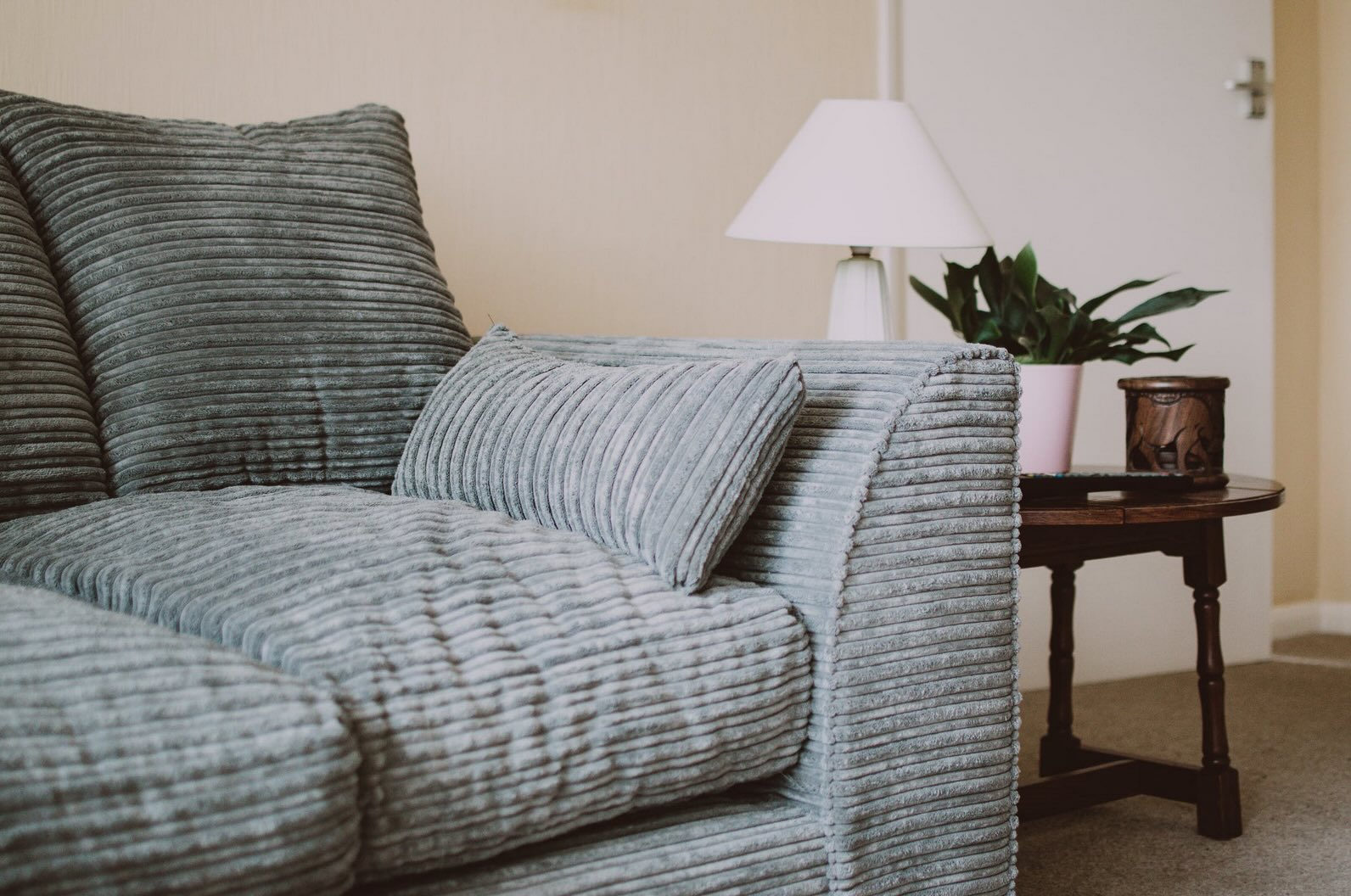

Living Room Furniture
How To Remove Stains From Couch Cushions
Modified: October 19, 2024
Learn how to remove stains from your couch cushions with these easy and effective methods. Keep your living room furniture looking clean and fresh.
(Many of the links in this article redirect to a specific reviewed product. Your purchase of these products through affiliate links helps to generate commission for Storables.com, at no extra cost. Learn more)
Introduction
Welcome to the ultimate guide on how to remove stains from couch cushions! There’s nothing quite as frustrating as a pesky stain ruining the aesthetic appeal of your beloved couch. Whether it’s a spill from a glass of red wine, a smudge from a pet’s muddy paws, or an ink mark from an accidental mishap, stains are inevitable.
But fear not! With the right knowledge and techniques, you can successfully tackle those stubborn stains and restore your couch cushions to their former glory. In this comprehensive article, we will walk you through different types of stains and the best methods to eradicate them.
Before we dive into the specific stain removal techniques, it’s essential to prepare your couch cushions properly. Begin by checking the care instructions provided by the manufacturer. This will help you determine the type of fabric and any specific cleaning restrictions you need to be aware of.
Next, ensure you have a clean and well-ventilated workspace. Gather all the necessary supplies, such as mild detergent, white vinegar, baking soda, clean cloth or sponge, and a vacuum cleaner with upholstery attachments.
Remember, prevention is key to maintaining stain-free couch cushions. Consider using removable cushion covers that are machine washable or treating your upholstery with stain repellent products. Taking these precautions will save you from future headaches.
In the upcoming sections, we will explore different cleaning methods for various types of stains. From water-based stains like coffee and juice spills to oil-based stains like grease and makeup, we have you covered. We’ll also address food and beverage stains, ink or marker stains, pet accidents, and even mold or mildew stains.
In addition, we’ll provide special tips for delicate upholstery to prevent any damage during the cleaning process. By following these guidelines, you can effectively remove stains while preserving the quality and lifespan of your couch cushions.
So, let’s get started on this stain-busting journey and say goodbye to those unsightly marks on your couch cushions!
Key Takeaways:
- Act quickly and use gentle cleaning methods to remove stains from couch cushions. Always perform spot tests and follow manufacturer’s instructions to avoid damaging the fabric.
- Prevention is key to maintaining stain-free couch cushions. Consider using removable covers and applying fabric protectors to minimize future headaches.
Types of Stains on Couch Cushions
Couch cushions are prone to various types of stains, ranging from common spills to more stubborn marks. Understanding the different types of stains can help you determine the most appropriate cleaning method. Here are some of the most common types of stains you may encounter:
- Water-based stains: These include spills from water, coffee, tea, juice, or other liquid drinks. They tend to leave behind visible marks and can seep into the cushion fabric if not promptly addressed.
- Oil-based stains: Examples of oil-based stains include grease, cooking oil, butter, body oil, or makeup. These stains can be darker in color and may leave an oily residue on the surface of the cushion.
- Food and beverage stains: These stains result from spills or accidents involving food items like sauces, condiments, or snacks. Beverages such as wine, soda, or even water can also leave noticeable stains if not attended to promptly.
- Ink or marker stains: Accidental scribbles or leaks from pens, markers, or ink bottles can leave unsightly stains on your couch cushions. These stains can be particularly stubborn and require specialized techniques for successful removal.
- Pet stains: If you have furry friends at home, you may encounter stains from urine, vomit, or muddy paws on your couch cushions. These stains not only cause discoloration but can also result in unpleasant odors if not treated properly.
- Mold or mildew stains: If moisture is present for an extended period, it can lead to the growth of mold and mildew. These stains are usually accompanied by a musty odor and can be harmful to both the fabric and your health if left untreated.
It’s important to identify the type of stain you’re dealing with to select the most effective cleaning approach. Different stains require different treatments, and using the wrong method can potentially worsen the problem or damage the fabric. In the following sections, we will delve into specific stain removal techniques to help you tackle each stain type effectively.
Remember, the key to successfully removing stains from couch cushions is to treat them as soon as possible. The longer a stain sits, the more challenging it may be to fully eliminate. So be proactive and take action as soon as you notice a stain on your couch cushions!
Preparing the Couch Cushions for Stain Removal
Before you begin the stain removal process, it’s crucial to properly prepare your couch cushions. This preparation will help ensure the best possible outcome and minimize the risk of causing further damage. Follow these steps to prepare your couch cushions:
- Read the manufacturer’s instructions: Before proceeding with any cleaning method, check the care label or manufacturer’s instructions that came with your couch cushions. Different fabrics and upholstery materials may require specific cleaning techniques or have restrictions on what products can be used.
- Spot test: Perform a spot test on a discreet area of the cushion, such as the underside or a hidden corner. This will help you determine if the cleaning solution or method you plan to use will cause any discoloration, fabric damage, or adverse reactions.
- Remove cushion covers: If your couch cushions have removable covers, take them off and wash them separately according to the care instructions. This will ensure a thorough cleaning and prevent any color bleeding or shrinking of the fabric.
- Vacuum: Use a vacuum cleaner with an upholstery attachment to remove loose dirt, crumbs, and debris from the cushion surface. Pay attention to crevices and seams where dirt can accumulate.
- Blot excess liquid or spills: If you’re dealing with a fresh spill or liquid stain, start by blotting the area with a clean, dry cloth or paper towel. Avoid rubbing the stain, as this can spread it further into the fabric.
- Pre-treat stains: For particularly stubborn or set-in stains, you may need to pre-treat the affected areas. Follow the instructions on stain pre-treatment products or make a gentle homemade solution using a mild detergent and water. Test the pre-treatment solution on a small, inconspicuous area first to ensure it doesn’t cause any damage or discoloration.
- Allow for adequate ventilation: Ensure that the area where you’ll be working is well-ventilated to allow air circulation. This will assist in the drying process and prevent the growth of mold or mildew.
- Protect the surrounding area: Place a clean towel or plastic sheet under the cushion you’re cleaning to protect your furniture or flooring from any potential staining or moisture transfer during the cleaning process.
By taking the time to prepare your couch cushions properly, you set the stage for successful stain removal and minimize the risk of damaging your upholstery. With the necessary precautions in place, you’re now ready to tackle those stubborn stains head-on!
General Cleaning Methods for Couch Cushions
When it comes to cleaning couch cushions, there are a few general methods that can be used for various types of stains. These methods are safe for most upholstery fabrics, but it’s always important to check the manufacturer’s instructions or perform a spot test before proceeding. Here are some general cleaning methods you can try:
- Vacuuming: Start by vacuuming the surface of the cushion using an upholstery attachment. This will help remove any loose dirt, dust, or debris that may be embedded in the fabric.
- Spot cleaning: For small, localized stains, you can use a mild detergent mixed with water. Dab the stained area gently with a clean cloth or sponge. Avoid rubbing the stain, as this may cause it to spread. Rinse the cloth or sponge frequently and continue blotting until the stain is lifted.
- Steam cleaning: If your upholstery fabric allows for steam cleaning, this can be an effective method for deep cleaning and removing stains. Follow the instructions on your steam cleaner and make sure to use a suitable upholstery attachment.
- Baking soda: Baking soda is a versatile cleaning agent that can help eliminate odors and absorb stains. Sprinkle a generous amount of baking soda over the stained area and let it sit for several hours or overnight. Vacuum the baking soda the next day to remove the powder along with any absorbed stain or odor.
- White vinegar: White vinegar is a natural cleaning agent that can be used to tackle various types of stains. Mix equal parts white vinegar and water, then dip a clean cloth or sponge into the solution and gently blot the stained area. Rinse the cloth or sponge frequently and continue blotting until the stain is lifted. Be sure to test vinegar on a small, inconspicuous area first to ensure it doesn’t cause any discoloration.
- Professional upholstery cleaner: If you’re dealing with persistent stains or have concerns about cleaning delicate or valuable upholstery, it’s recommended to seek the services of a professional upholstery cleaner. They have the expertise and specialized equipment to deep clean and remove tough stains while protecting the fabric.
Remember to always follow the instructions provided with the cleaning products and equipment you’re using, and never oversaturate the cushion with water or cleaning solutions. Allow the cushions to air dry completely before putting the covers back on or using the couch.
Keep in mind that some stains may require specific techniques or additional steps to achieve optimal results. In the next sections, we will explore stain-specific methods to help you tackle different types of stains effectively. So let’s dive into the nitty-gritty of stain removal!
Removing Water-based Stains
Water-based stains on couch cushions can include spills from beverages like coffee, tea, juice, or water itself. These stains are more visible and can be quite stubborn if not treated promptly. Here are some methods to effectively remove water-based stains:
- Blot and dilute: For fresh spills, start by blotting the stain with a clean, dry cloth or paper towel. Avoid rubbing, as it can cause the stain to spread. Next, dilute the stain by gently dabbing the area with a cloth soaked in cold water. Repeat this process until the stain lightens.
- Mild detergent solution: If the stain persists, mix a mild liquid detergent with cold water. Dab a clean cloth or sponge into the solution and gently blot the stained area. Rinse the cloth or sponge frequently and continue blotting until the stain is lifted.
- White vinegar: Alternatively, you can create a mixture of equal parts white vinegar and water. Dip a clean cloth or sponge into the solution and blot the stained area. Rinse the cloth or sponge frequently and continue blotting until the stain is removed. Be sure to test the vinegar solution on a small, inconspicuous area first to ensure it doesn’t cause any discoloration.
- Commercial stain removers: If the stain is particularly stubborn, you can try using a commercial upholstery stain remover. Follow the instructions provided with the product, and make sure it is suitable for your specific type of fabric.
- Steam cleaning: For more persistent stains or to deep clean your couch cushions, you can opt for steam cleaning. Follow the instructions on your steam cleaner and use a suitable upholstery attachment. Steam cleaning can effectively lift and remove water-based stains, leaving your cushions refreshed and clean.
As with any cleaning method, it’s crucial to perform a spot test before applying any solution to the entire stained area. This precaution will help ensure that the cleaning method doesn’t cause any discoloration or damage to your couch cushions.
Remember to allow the cushion to completely dry before using it again. Direct sunlight or a fan can help expedite the drying process. If the stain persists or you’re unsure about cleaning delicate or valuable upholstery, it’s always advisable to seek professional assistance.
Now that you know how to tackle water-based stains, let’s move on to removing oil-based stains from your couch cushions!
Read more: How To Remove Dog Hair From Couch Cushions
Removing Oil-based Stains
Oil-based stains on couch cushions can be quite stubborn and leave behind greasy marks. These stains can come from various sources such as cooking oil, grease, butter, body oil, or makeup. Here are some effective methods to remove oil-based stains:
- Blot and absorb: Start by blotting the stain with a clean, dry cloth or paper towel to absorb as much of the oil as possible. Avoid rubbing the stain, as it can spread the oil and make the stain worse.
- Baking soda: Sprinkle a generous amount of baking soda over the stained area. Gently press the baking soda into the fabric, allowing it to absorb the oil. Let it sit for at least 15 minutes, or overnight for tough stains. Vacuum the baking soda using an upholstery attachment to remove the powder along with the absorbed oil.
- Dishwashing detergent: Mix a small amount of dishwashing detergent with warm water to create a soapy solution. Dip a clean cloth or sponge into the solution and gently blot the stained area. Rinse the cloth or sponge frequently and continue blotting until the stain is lifted. Avoid using excessive water to prevent saturating the cushion.
- Commercial degreaser: If the stain persists, you can try using a commercial upholstery degreaser. Follow the instructions provided with the product carefully and ensure it is suitable for your specific upholstery fabric.
- Isopropyl alcohol: Isopropyl alcohol can be effective in removing oil-based stains. Dampen a clean cloth with isopropyl alcohol and gently blot the stained area. Rinse the cloth frequently and continue blotting until the stain is lifted. Again, perform a spot test first to ensure the alcohol does not cause any discoloration or damage to the fabric.
- Stain-specific treatments: Some oil-based stains, such as makeup or grease, may require specialized treatments. For example, applying a small amount of mild dish soap directly to the stain and gently rubbing it with a soft-bristled brush can help break down the oils. Be cautious not to damage the fabric and test the treatment on an inconspicuous area first.
After treating the stain, allow the cushion to air dry completely. Avoid using a hairdryer or exposing it to direct heat, as it may set the stain or damage the fabric.
Remember, prevention is key when it comes to oil-based stains. Consider using protective covers or treating your upholstery with a fabric protector to repel oil and prevent stains from penetrating the fabric.
Now that you know how to tackle oil-based stains, let’s move on to removing food and beverage stains from your couch cushions!
Mix a solution of equal parts water and white vinegar. Dab the stain with the solution using a clean cloth. Blot with a dry cloth to absorb the stain. Repeat if necessary.
Getting Rid of Food and Beverage Stains
Food and beverage stains are common on couch cushions and can be quite noticeable. Whether it’s a sauce, condiment, or spilled drink, these stains can leave behind unsightly marks. Here are some effective methods to remove food and beverage stains:
- Blot and absorb: Start by blotting the stain with a clean, dry cloth or paper towel to remove any excess food or liquid. Avoid rubbing the stain, as it can spread the stain further into the fabric.
- Mild detergent solution: Mix a small amount of mild liquid detergent with warm water to create a soapy solution. Dip a clean cloth or sponge into the solution and gently blot the stained area. Rinse the cloth or sponge frequently and continue blotting until the stain is lifted.
- Club soda: Club soda can be effective in removing certain food and beverage stains. Pour a small amount of club soda onto a clean cloth or sponge and gently blot the stained area. Rinse the cloth or sponge frequently and continue blotting until the stain is lifted.
- Vinegar solution: For stubborn food stains, you can create a mixture of equal parts white vinegar and water. Dip a clean cloth or sponge into the solution and gently blot the stained area. Rinse the cloth or sponge frequently and continue blotting until the stain is removed. Be sure to test the vinegar solution on a small, inconspicuous area first to ensure it doesn’t cause any discoloration.
- Enzyme-based cleaner: If the stain is particularly stubborn and has set into the fabric, you can try using an enzyme-based cleaner specifically designed for removing food and beverage stains. Follow the instructions on the cleaner and ensure it is safe for your upholstery fabric.
- Baking soda: Baking soda can help absorb odors and lift certain food stains. Sprinkle a generous amount of baking soda over the stained area and let it sit for several hours or overnight. Vacuum the baking soda the next day to remove the powder along with any absorbed stain or odor.
It’s important to address food and beverage stains as soon as possible to prevent them from setting and becoming more challenging to remove. Always perform a spot test before applying any cleaning solution to the entire stained area.
After treating the stain, allow the cushion to air dry completely. Avoid using direct heat or a hairdryer, as it may set the stain or damage the fabric.
Remember, regular maintenance and prompt cleaning are essential to keep your couch cushions looking their best and to prevent food and beverage stains from becoming permanent. Now, let’s move on to tackling ink or marker stains on your couch cushions!
Treating Ink or Marker Stains
Ink or marker stains on couch cushions can be particularly stubborn and challenging to remove. Whether it’s a pen mishap or accidental doodles, these stains can leave lasting marks. Here are some effective methods to treat ink or marker stains:
- Blot and absorb: Start by blotting the stain with a clean, dry cloth or paper towel to absorb as much of the ink as possible. Avoid rubbing the stain, as it can spread the ink and make the stain worse.
- Rubbing alcohol: Dampen a clean cloth or sponge with rubbing alcohol. Gently blot the stained area, working from the outside toward the center to prevent the ink from spreading. Rinse the cloth or sponge frequently and continue blotting until the stain starts to lift.
- Hairspray: Hairspray can be effective in removing ink stains. Apply a small amount of hairspray directly to the stain and dab the area with a clean cloth or sponge. Rinse the cloth or sponge frequently and continue blotting until the stain starts to fade.
- White vinegar: Create a mixture of equal parts white vinegar and water. Dip a clean cloth or sponge into the solution and gently blot the stained area. Rinse the cloth or sponge frequently and continue blotting until the ink stain starts to fade. Test the vinegar solution on a small, inconspicuous area first to ensure it doesn’t cause any discoloration.
- Commercial ink or stain remover: If the previous methods don’t fully remove the ink or marker stain, you can try using a commercial ink or stain remover specifically designed for upholstery. Follow the instructions provided with the product and ensure it is safe for your upholstery fabric.
- Professional cleaning: For stubborn and persistent ink or marker stains, it may be best to seek professional help. Professional upholstery cleaners have access to specialized cleaning agents and equipment that can effectively tackle tough stains without damaging the fabric.
Remember, it’s crucial to act quickly when dealing with ink or marker stains, as they can easily become permanent. Always perform a spot test before applying any cleaning solution to the entire stained area.
After treating the stain, allow the cushion to air dry completely. Avoid using direct heat or a hairdryer, as it may set the stain or damage the fabric.
Now that you know how to tackle ink or marker stains, let’s move on to dealing with pet stains on your couch cushions!
Dealing with Pet Stains
If you have pets at home, you may encounter accidents involving urine, vomit, or muddy paws on your couch cushions. Dealing with pet stains requires prompt action to prevent staining and odors from setting in. Here are some effective methods to handle pet stains:
- Blot and absorb: Start by blotting the stained area with a clean, dry cloth or paper towel to absorb as much of the liquid as possible. Avoid rubbing the stain, as it can spread the mess and make the stain worse.
- Enzyme-based cleaner: Enzyme-based cleaners are specifically designed to break down organic matter, such as pet urine or vomit. Follow the instructions on the cleaner and apply it to the stained area. Let it sit for the recommended time to allow the enzymes to work on the stain. Blot the area with a clean cloth or sponge, rinse thoroughly, and pat dry.
- Baking soda and vinegar: If the pet stain has caused an odor, you can create a mixture of baking soda and water. Sprinkle baking soda over the stained area, followed by a mixture of equal parts white vinegar and water. The mixture will cause a fizzing reaction, which helps in neutralizing odors. After allowing the mixture to sit for a few minutes, blot the area with a clean cloth or sponge, rinse thoroughly, and pat dry.
- Hydrogen peroxide solution: For stubborn pet stains, a mixture of hydrogen peroxide and mild dish soap can be effective. Mix one part hydrogen peroxide with two parts water and a small amount of dish soap. Dampen a clean cloth or sponge with the solution and gently blot the stained area. Rinse the cloth or sponge frequently and continue blotting until the stain is lifted. Perform a spot test first to ensure the solution does not cause any discoloration or damage to the fabric.
- Professional cleaning: In severe cases where pet stains have deeply penetrated the cushion or lingering odors persist, it may be best to seek professional upholstery cleaning services. Professional cleaners have the expertise and specialized equipment to effectively remove tough pet stains and odors.
It’s important to tackle pet stains as soon as possible to prevent them from causing permanent damage or lingering odors. Remember to perform a spot test before applying any cleaning solution to the entire stained area.
After treating the stain, allow the cushion to air dry completely. Keep in mind that lingering odors may require additional treatments or airing out the cushions outdoors.
Now that you know how to deal with pet stains, let’s move on to removing mold or mildew stains from your couch cushions.
Read more: How To Wash Non Removable Couch Cushions
Removing Mold or Mildew Stains
Mold or mildew stains on couch cushions can be a result of prolonged exposure to moisture or high humidity levels. Not only are these stains unsightly, but they can also pose health risks. It’s crucial to address mold or mildew stains promptly to prevent further growth and avoid potential health issues. Here are some steps to effectively remove mold or mildew stains:
- Ensure safety precautions: Before tackling mold or mildew stains, it’s important to take appropriate safety measures. Put on protective gloves, a face mask, and open windows or doors for proper ventilation.
- Isolate the affected area: If possible, move the affected cushion to a well-ventilated outdoor area to prevent the spread of spores. Place a plastic sheet or towel underneath to protect the surrounding environment.
- Dry brushing: Use a soft brush or cloth to carefully brush off any loose mold or mildew. Be gentle yet thorough, as you don’t want to spread the spores.
- Vacuuming: Vacuum the affected area and the entire cushion using a vacuum cleaner with an upholstery attachment. This will help remove any remaining spores or debris.
- Mild detergent solution: Mix a mild liquid detergent with warm water to create a soapy solution. Dampen a clean cloth or sponge in the solution and gently blot the mold or mildew stain. Rinse the cloth or sponge frequently and continue blotting until the stain starts to fade.
- Vinegar solution: Create a mixture of equal parts white vinegar and water. Dampen a clean cloth or sponge in the solution and gently blot the stained area. Vinegar is known for its natural antimicrobial properties and can help inhibit further mold or mildew growth. Rinse the cloth or sponge frequently and continue blotting until the stain starts to fade.
- Baking soda: Sprinkle baking soda over the affected area to help absorb any lingering odors. Let it sit for a few hours or overnight, then use a vacuum cleaner with an upholstery attachment to remove the baking soda and any absorbed odors.
- Sunlight and fresh air: After treating the stain, expose the cushion to direct sunlight and fresh air if possible. This will help further eliminate odor and inhibit the growth of mold or mildew.
- Professional cleaning: If the mold or mildew stain persists or covers a large area, it’s advisable to seek professional upholstery cleaning services. Professional cleaners have the necessary expertise and equipment to safely and effectively remove mold or mildew stains.
Remember, prevention is key to avoiding mold or mildew stains. Keep your couch cushions in a well-ventilated, dry environment and address any spills or dampness promptly.
Now that you know how to remove mold or mildew stains, let’s move on to some special tips for cleaning delicate upholstery.
Special Tips for Delicate Upholstery
If you have delicate upholstery on your couch cushions, such as silk, velvet, or antique fabrics, it’s essential to take special care during the cleaning process. Delicate fabrics require a gentle approach to prevent damage or discoloration. Here are some tips for cleaning delicate upholstery:
- Read the care instructions: Start by consulting the manufacturer’s instructions or any care labels attached to the cushion. These instructions will provide specific guidelines on how to clean and maintain the delicate fabric.
- Spot test: Before applying any cleaning solution or method to the entire cushion, always perform a spot test on an inconspicuous area. This will help determine whether the cleaning solution causes any adverse reactions or discoloration.
- Use a gentle cleaning solution: Opt for a mild, gentle cleaning solution specifically formulated for delicate fabrics. Avoid using harsh chemicals or abrasive cleaners that can damage the fabric. Mix the solution according to the manufacturer’s instructions.
- Lint roller or soft brush: Instead of using a vacuum cleaner with an upholstery attachment, consider using a lint roller or a soft brush to gently remove dirt or debris from the surface. This helps avoid any pulling or damage to the delicate fabric.
- Blot rather than rub: When treating stains, always blot the affected area gently with a clean cloth or sponge. Avoid rubbing the stain, as it can push the stain deeper into the fabric or cause damage. Blotting helps lift the stain without causing further harm.
- Work from the outside in: Whether it’s blotting a stain or applying a cleaning solution, always work from the outer edges of the stain toward the center. This helps prevent the stain from spreading further into the fabric.
- Patience is key: Delicate upholstery may require multiple rounds of gentle cleaning to fully remove stains. Be patient and avoid the temptation to scrub or use excessive force, as this can damage the fabric.
- Avoid excessive moisture: Delicate fabrics are susceptible to water spotting or shrinkage. Minimize the use of water or cleaning solutions, and make sure to blot the fabric dry after cleaning. It’s advisable to let the cushion air dry naturally rather than using direct heat.
- Professional cleaning: If you’re uncertain about cleaning delicate upholstery or if the stains are too difficult to remove, it’s best to seek professional upholstery cleaning services. Professionals have experience working with delicate fabrics and can provide expert care.
When it comes to delicate upholstery, prevention is always better than cure. Consider implementing preventive measures such as using removable covers or applying fabric protectors to minimize the risk of stains and damage.
By following these special tips, you can maintain the beauty and integrity of your delicate upholstery while effectively removing stains.
Now that you’re armed with the knowledge to clean delicate upholstery, let’s wrap up this guide with some final words!
Final Words
Congratulations! You’ve reached the end of our comprehensive guide on how to remove stains from couch cushions. We hope that the tips and techniques provided in this article have equipped you with the knowledge and confidence to tackle various types of stains on your upholstery.
Remember, the key to successful stain removal is acting quickly, using the right cleaning methods, and taking preventive measures. Always refer to the manufacturer’s instructions and perform spot tests before applying any cleaning solution to your couch cushions. By doing so, you can avoid unintended damage to the fabric.
Whether you’re dealing with water-based stains, oil-based stains, food and beverage stains, ink or marker stains, pet stains, or even mold and mildew stains, we’ve covered it all. Each type of stain requires specific treatment, and we’ve provided you with effective methods to address them.
Additionally, we shared special tips for cleaning delicate upholstery, ensuring that even the most sensitive fabrics receive proper care and attention.
Remember to approach stain removal with patience and persistence. Some stains may require multiple attempts or professional assistance, particularly if they are deeply set or cover a large area.
Lastly, preventing stains is always the best approach. Consider using removable cushion covers or applying fabric protectors to keep your couch cushions in the best possible condition.
We hope this guide has been helpful to you in your quest for stain-free, beautiful couch cushions. Now, armed with your new knowledge, go forth and restore the glory of your living room furniture!
Frequently Asked Questions about How To Remove Stains From Couch Cushions
Was this page helpful?
At Storables.com, we guarantee accurate and reliable information. Our content, validated by Expert Board Contributors, is crafted following stringent Editorial Policies. We're committed to providing you with well-researched, expert-backed insights for all your informational needs.
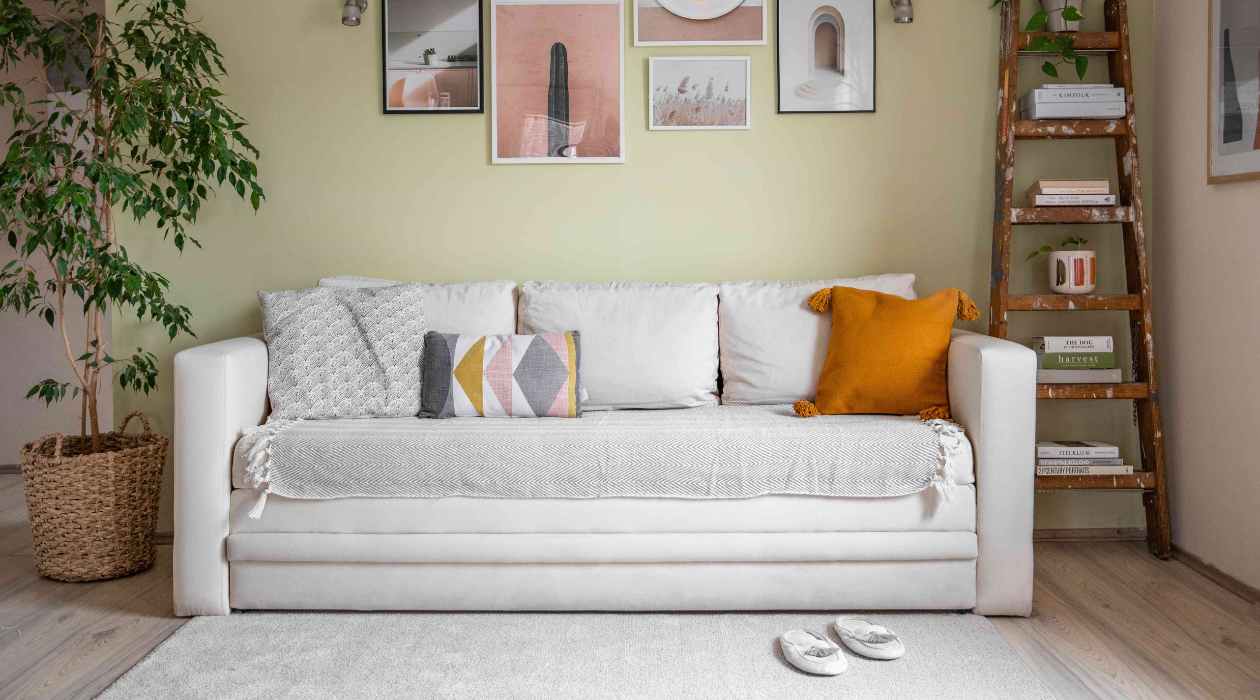
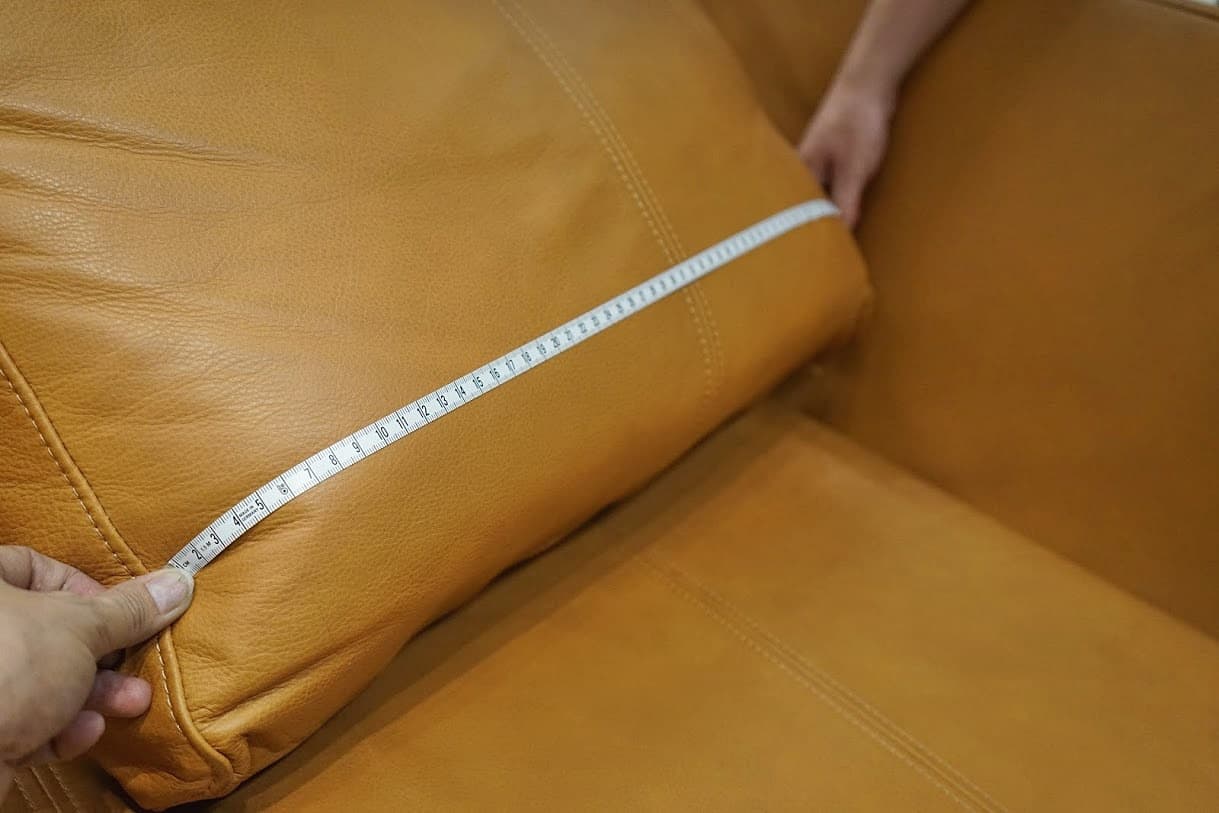
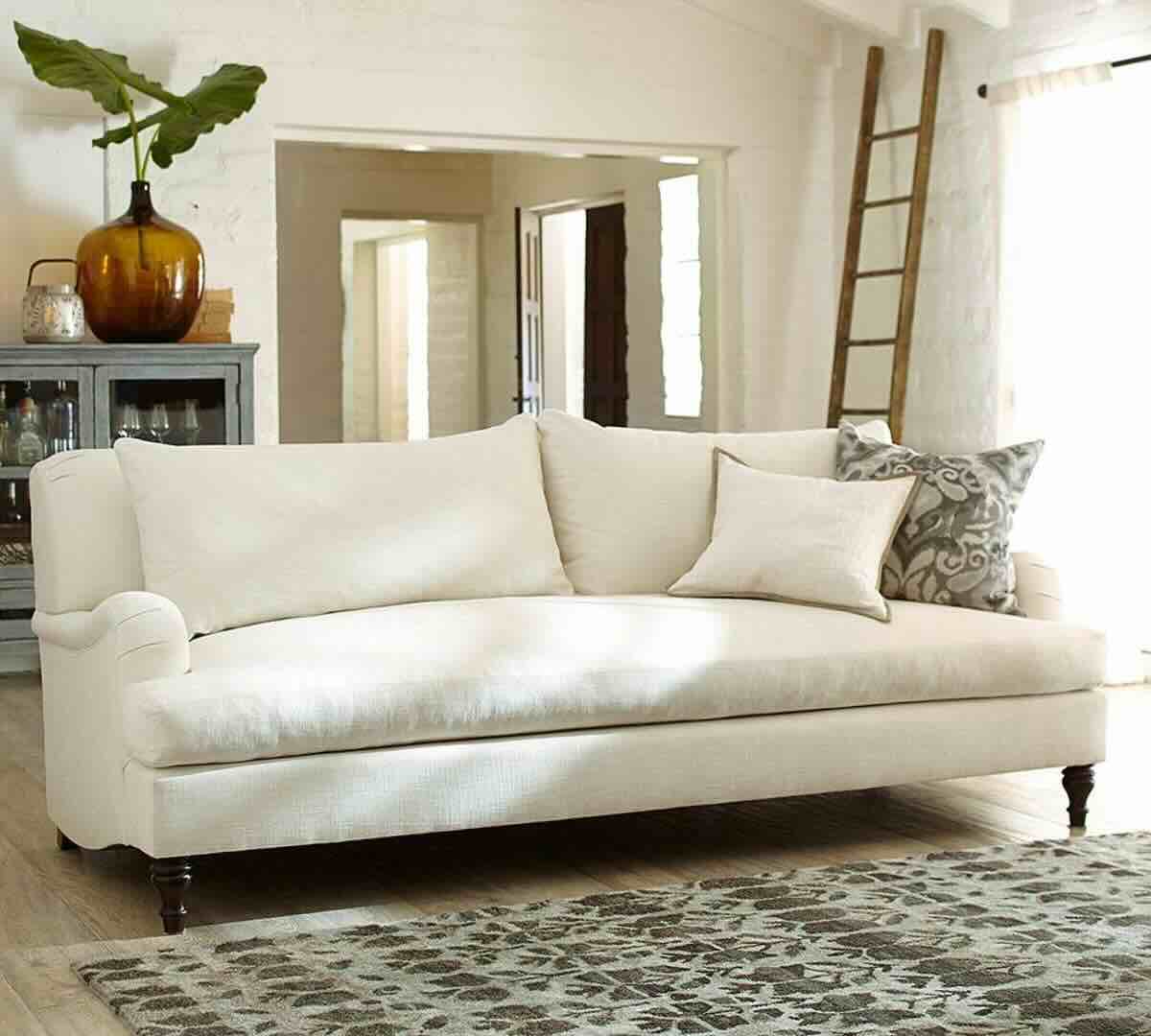
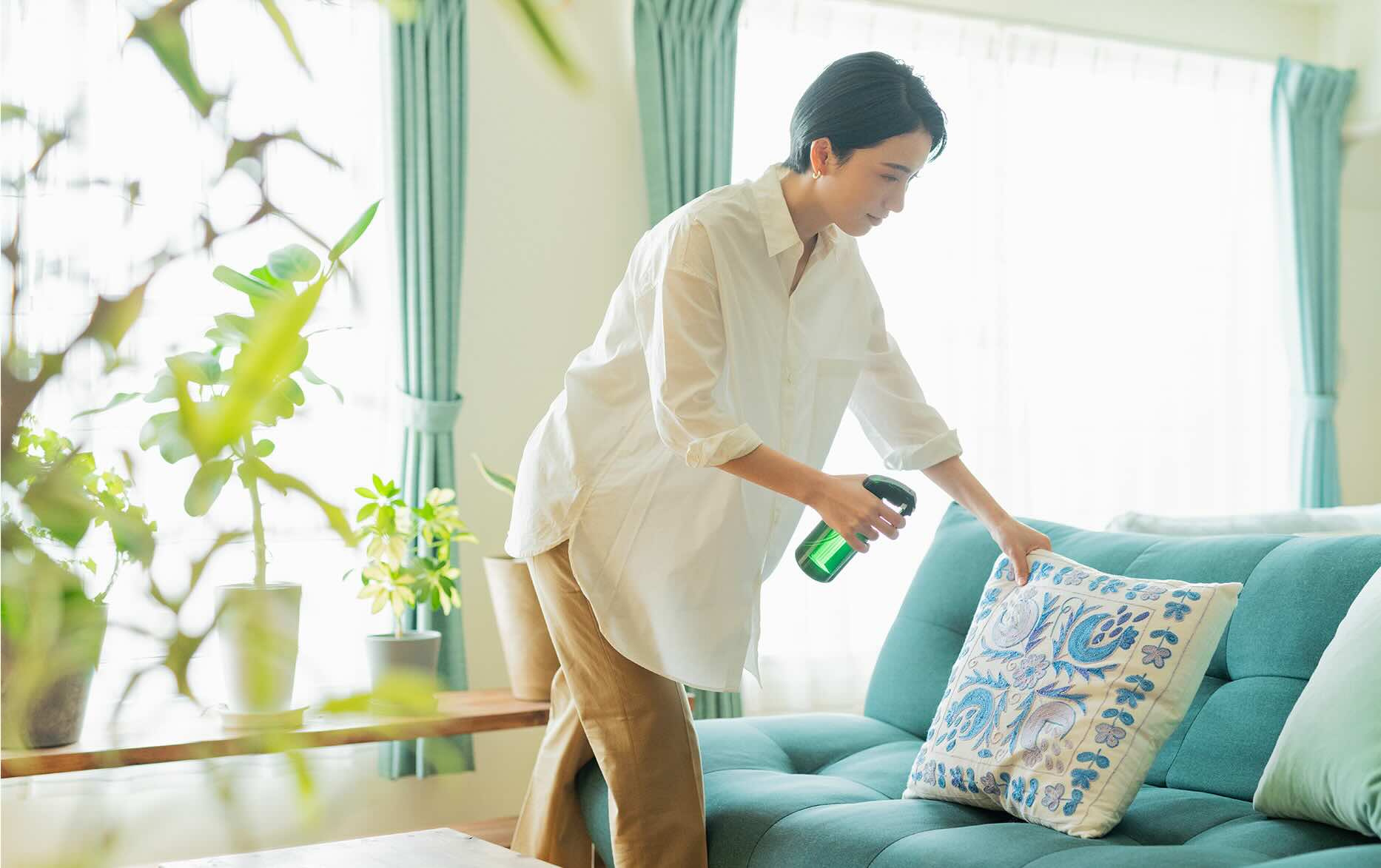
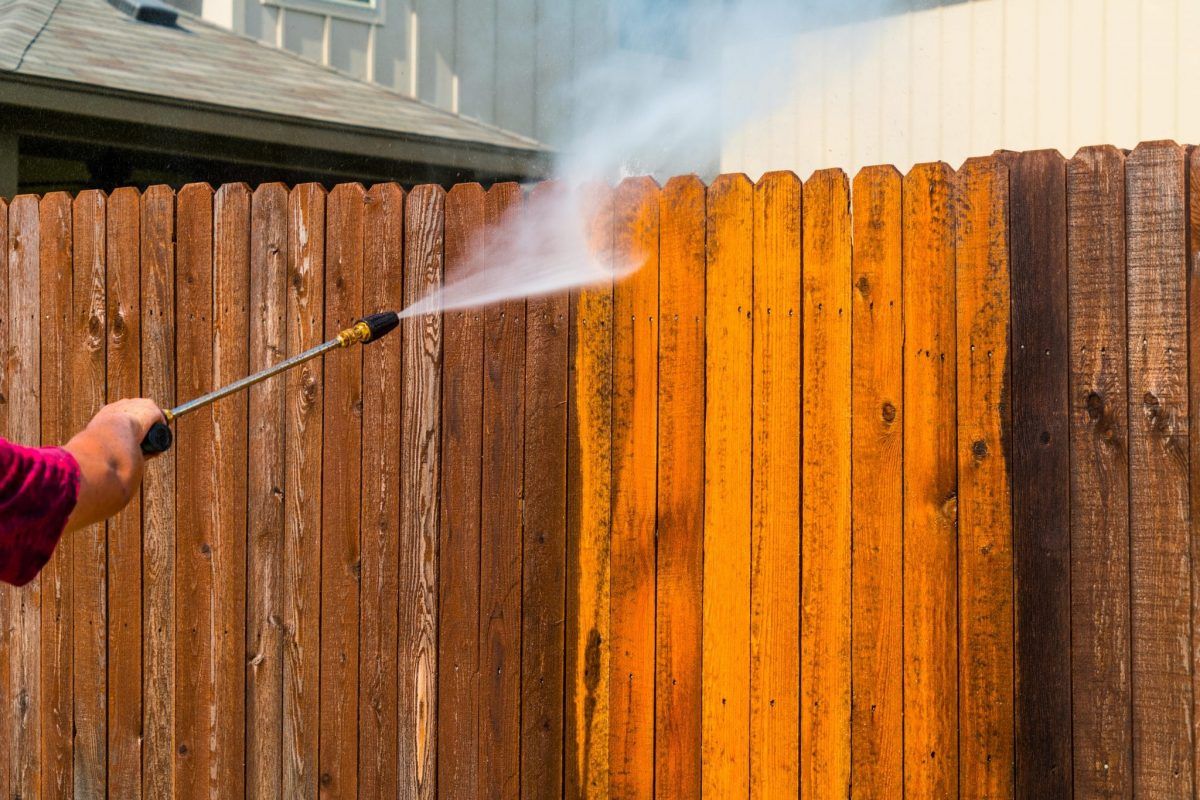
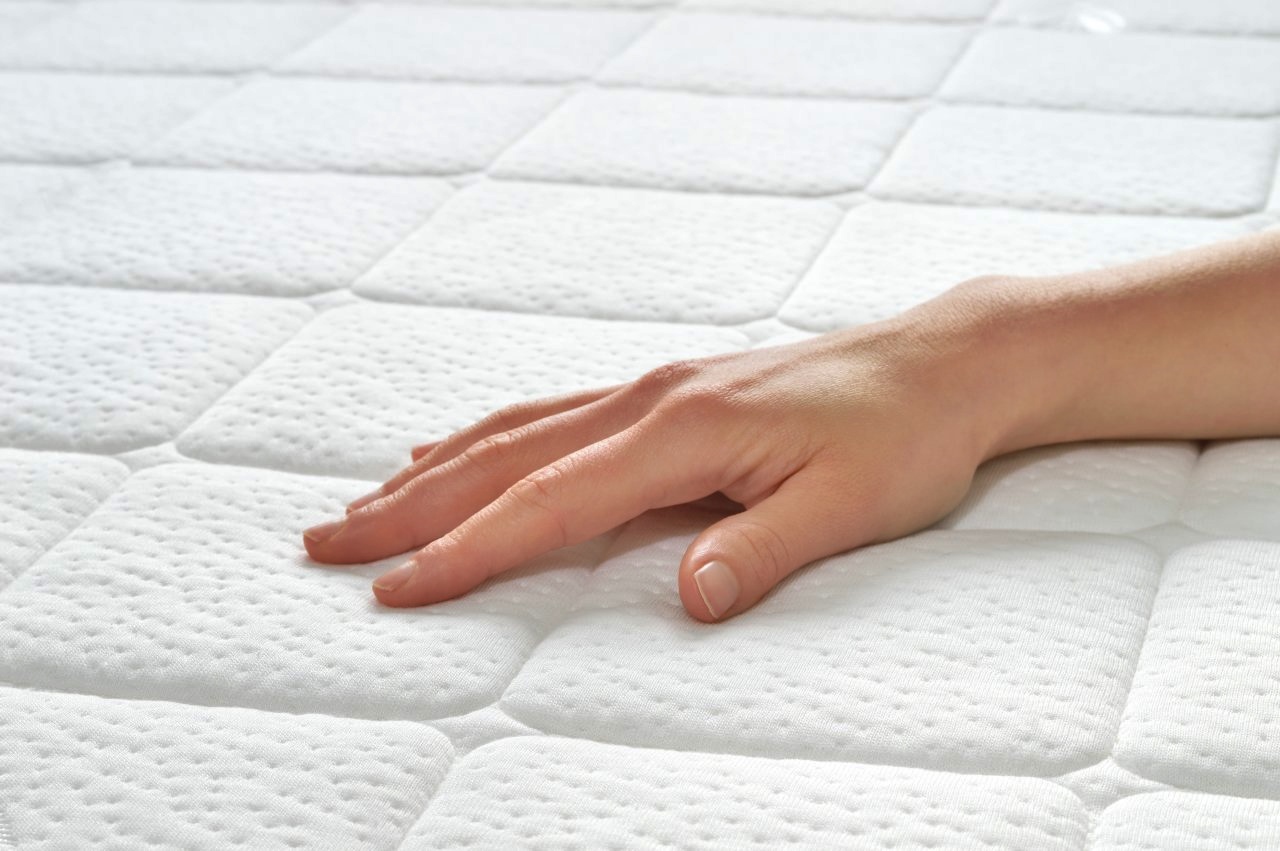
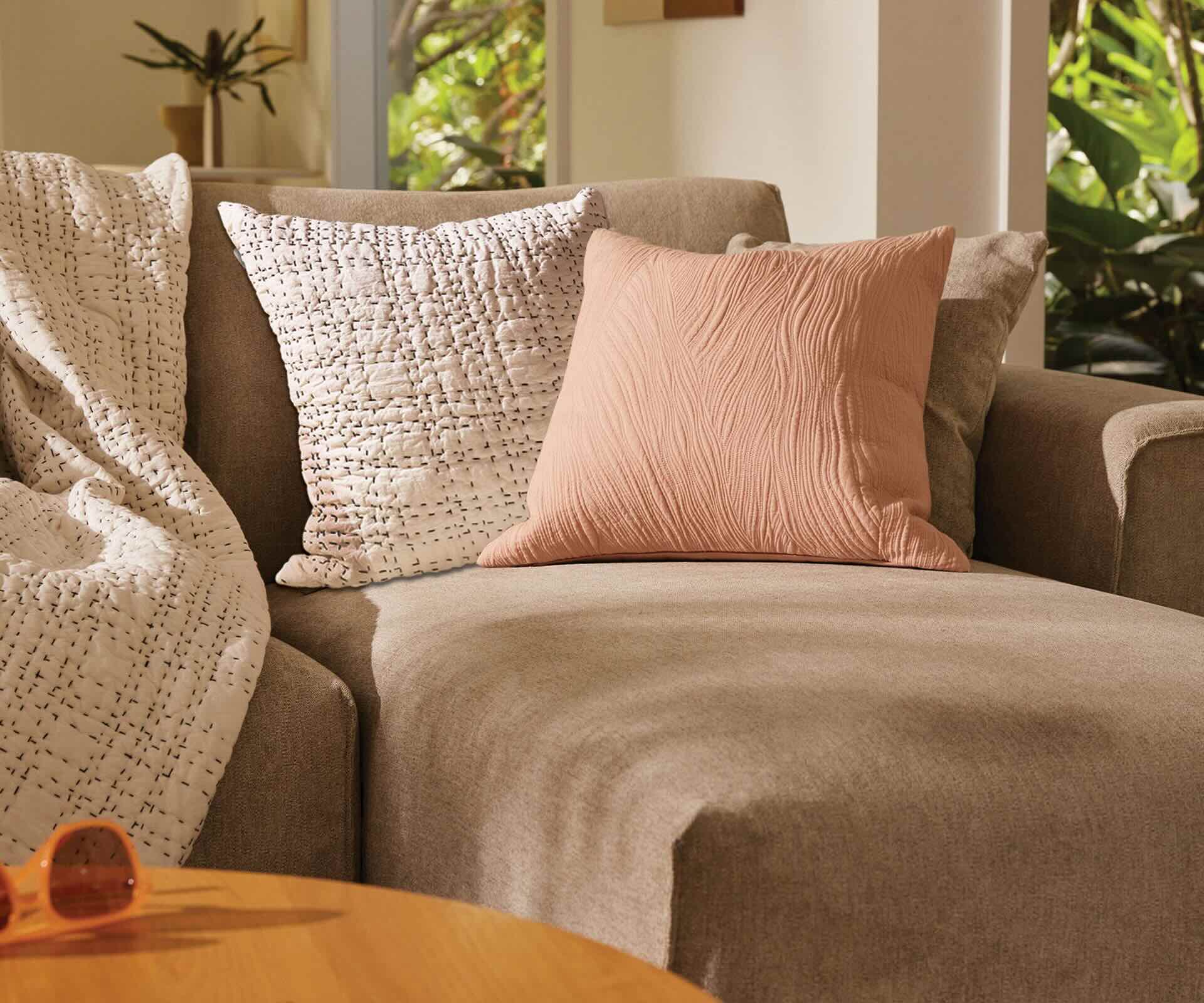
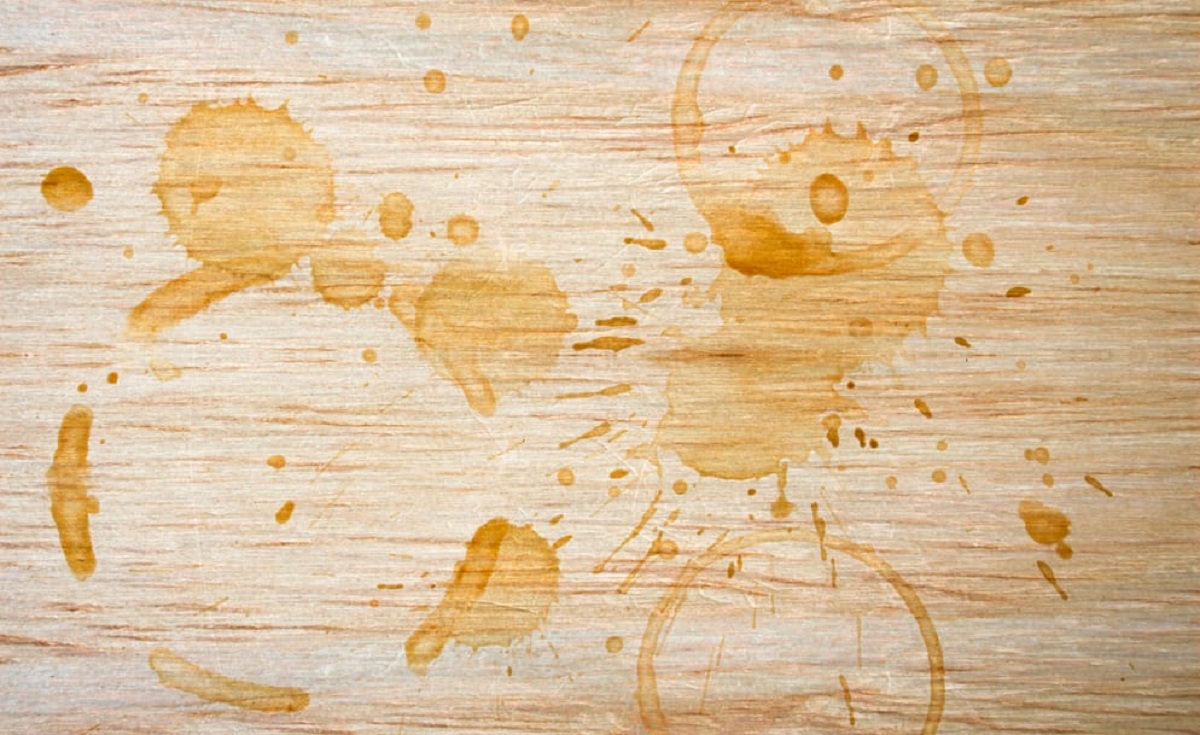

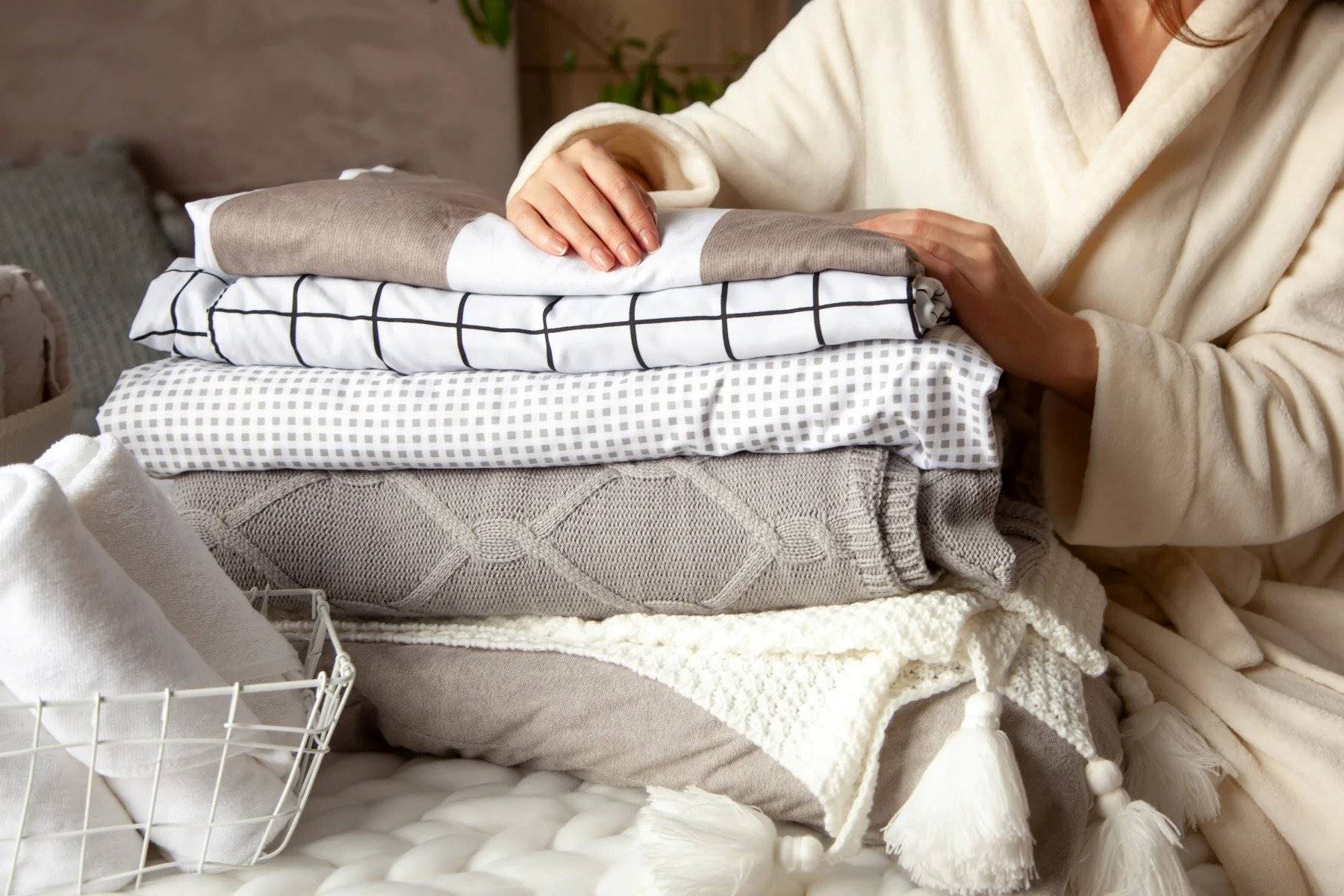
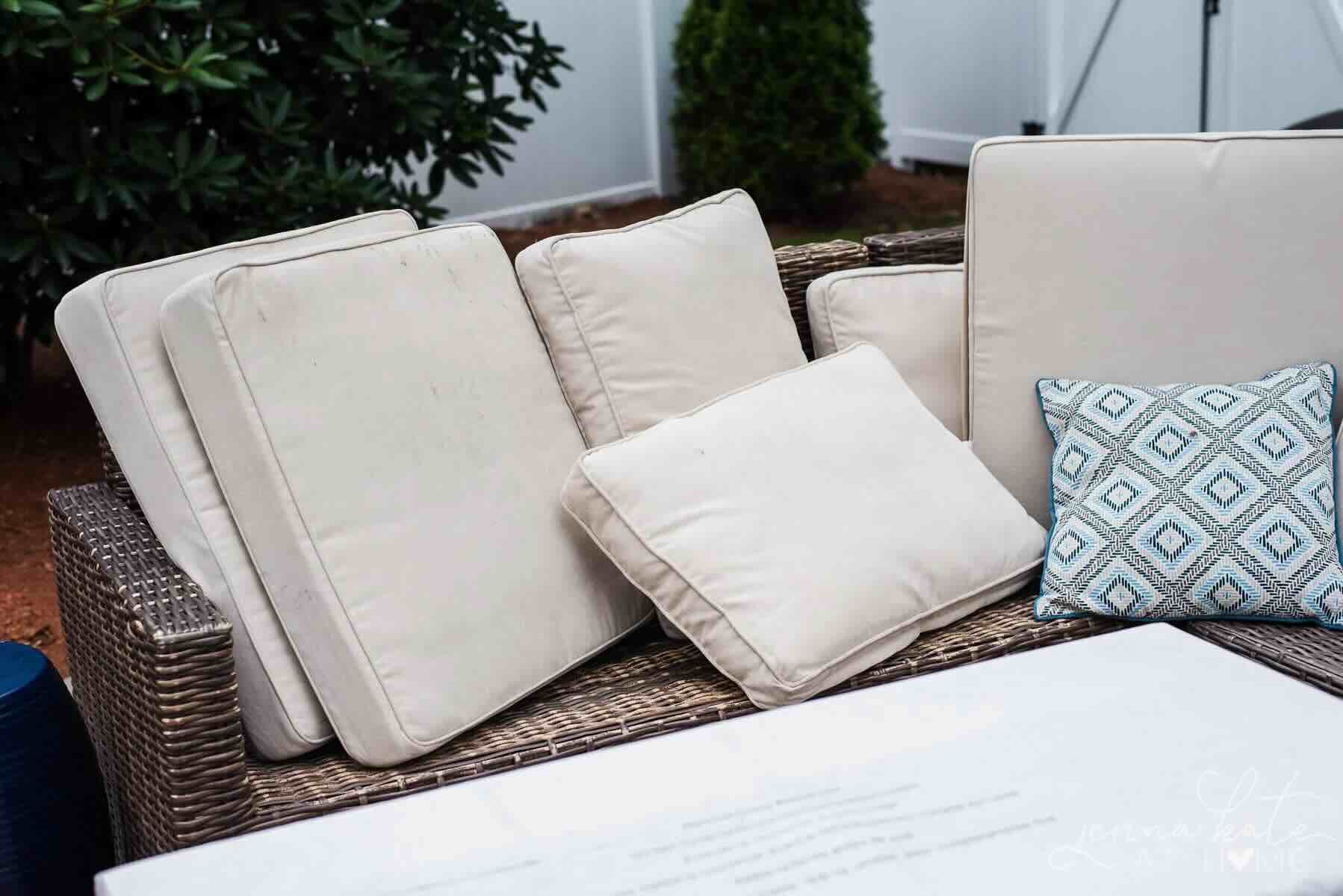
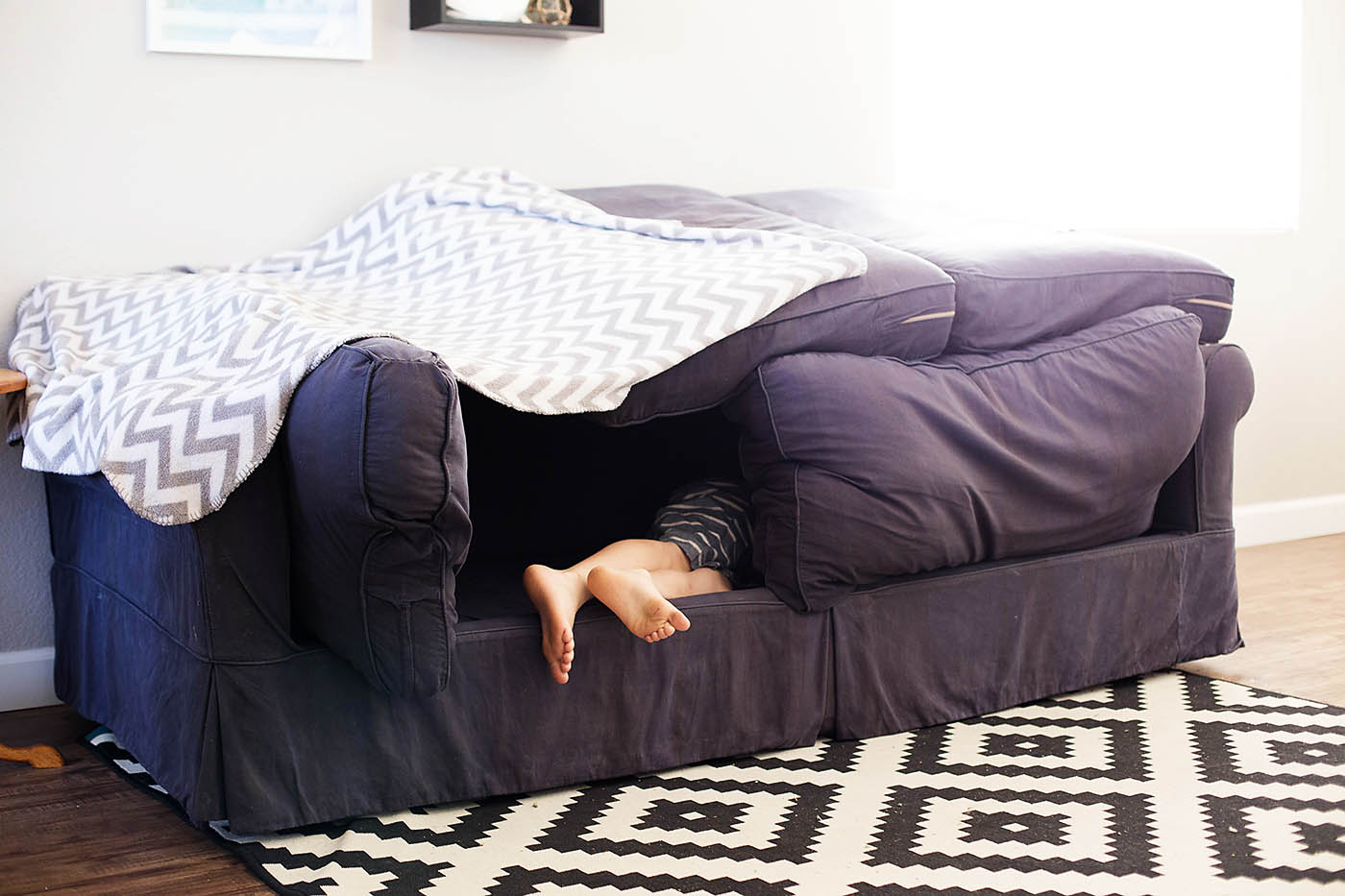
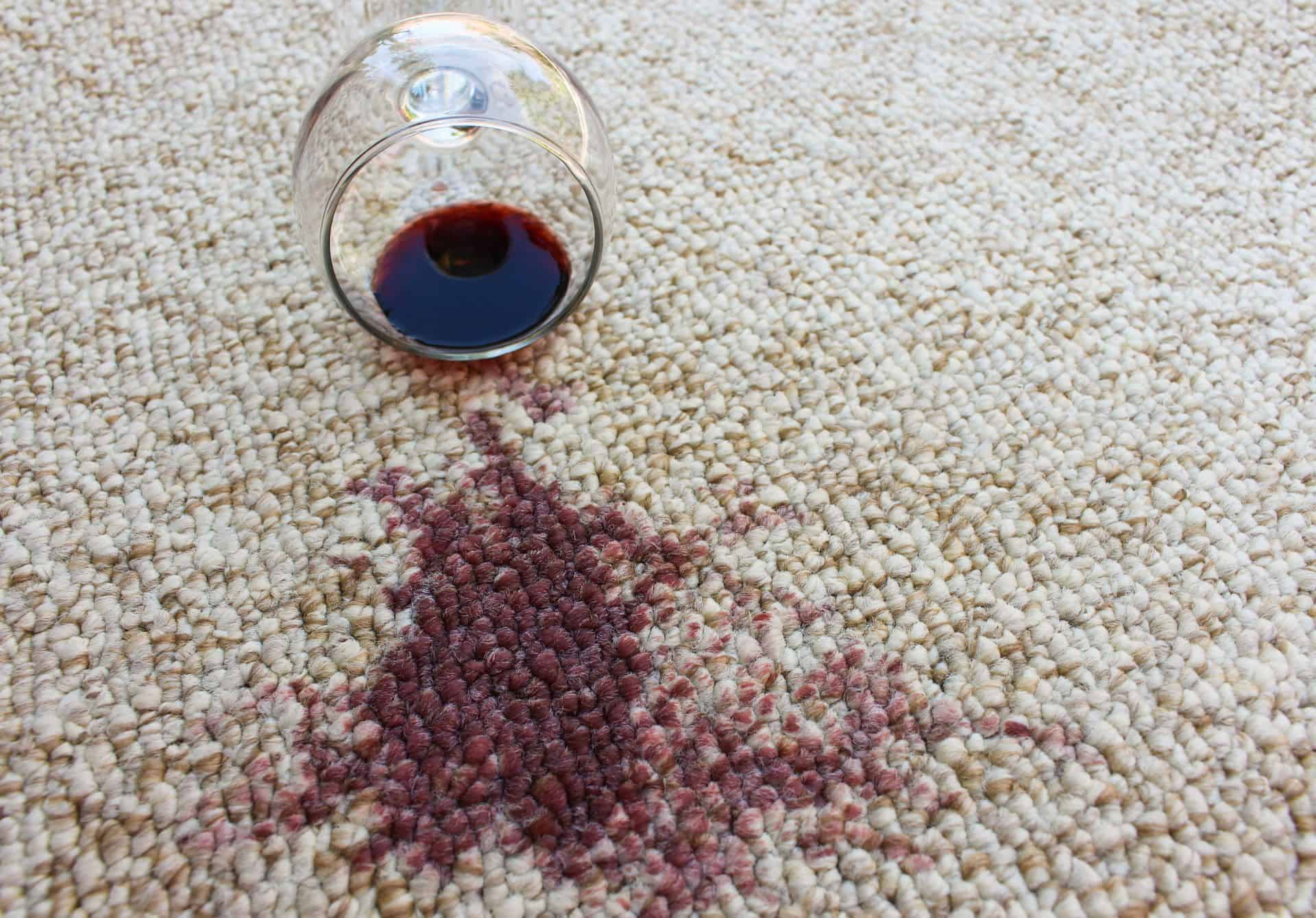

0 thoughts on “How To Remove Stains From Couch Cushions”